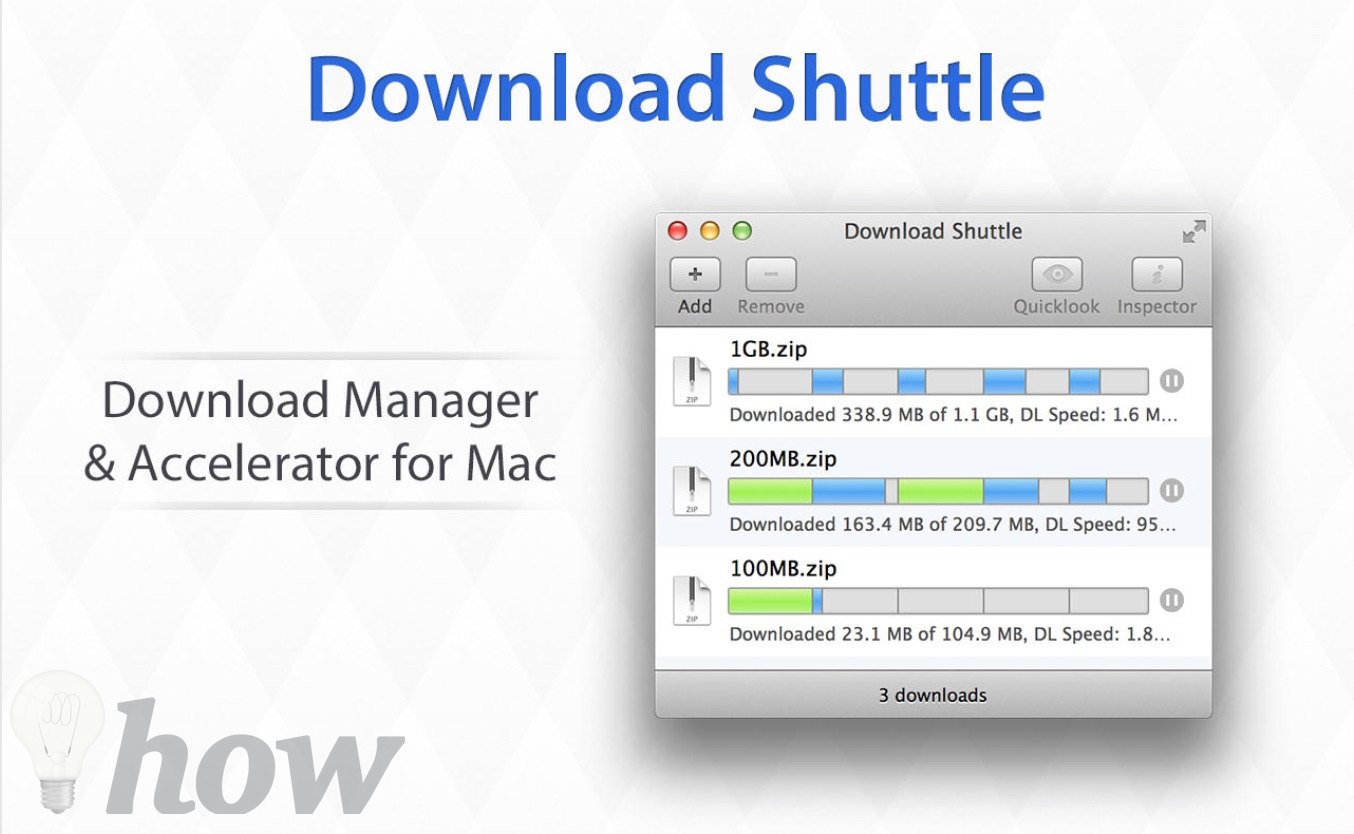Top Hat (free Version Download For Mac
. Install quick-start Download and extract the latest (or ) releases. Note that you can use either Bowtie 2 (the default) or Bowtie (-bowtie1) and you will need the following Bowtie 2 (or Bowtie) programs in your PATH:. bowtie2 (or bowtie). bowtie2-build (or bowtie-build). bowtie2-inspect (or bowtie-inspect) Installing a pre-compiled binary release In order to make it easy to install TopHat we provide a few binary packages to save users from the occasionally frustrating process of building TopHat themselves, which requires a certain development environment and the libraries installed. Building Boost.
a recent Boost source tarball, unpack it and cd to the newly unpacked Boost source directory. Prepare the build:./bootstrap.sh.

Build Boost. Note that you can specify where to install Boost with the -prefix option, which specifies the base path (prefix) where sub-directories./include/ and./lib/ will host the Boost headers and library files respectively. The default Boost installation directory prefix is /usr/local.
Take note of this installation directory (if you specify your own) because you will need to provide it to the -with-boost option of TopHat's./configure script. Run the build and install command:./bjam -prefix= link=static runtime-link=static stage install Building TopHat. Unpack the TopHat source tarball: tar zxvf tophat-2.0.0.tar.gz. Change to the TopHat directory: cd tophat-2.0.0. Configure TopHat using the./configure script.

If Boost libraries were installed somewhere other than under /usr/local, you will need to tell the installer where to find Boost using the -with-boost option, specifying the base (prefix) install directory for the Boost library as discussed in the Boost installation section above. The -prefix option specifies where TopHat programs will be installed, and it should point to a base directory path that will end up having a./bin/ subdirectory containing the new TopHat programs. A common prefix choice can be, again, /usr/local, which will cause the final tophat program and binaries to be installed in /usr/local/bin/. Note: if you want to preserve (i.e. Not overwrite) a previous TopHat installation and be able to use both the new version and the old version, you can specify a different prefix directory which doesn't even have to be in your shell's PATH (e.g.prefix=/home/username/tophatnew/, which will install the new TopHat programs in /home/username/tophatnew/bin/). After installing the new TopHat, the wrapper script /bin/tophat2 can be copied somewhere in your shell's PATH and can be used to launch this new version of TopHat (assuming the older version of TopHat is launched using the regular tophat script installed in a different directory). The tophat2 wrapper makes sure that the local execution PATH gives priority to the new binaries and it should not interfere with the TopHat programs from the previous installation./configure -prefix=/path/to/tophatbasedir -with-boost=/path/to/boostprefixdir.
Top Hat (free Version Download For Mac Download
Finally, make and install TopHat. Make make install This will install tophat and its modules into /path/to/tophatbasedir/bin directory. You may want to add that directory to your shell's PATH if it's not there already. Alternatively, as mentioned above, you can just copy the tophat2 wrapper script from this /path/to/tophatbasedir/bin directory somewhere in a directory which is in your shell's PATH (this is especially useful if an older tophat script from a previous TopHat installation is already found in your shell's PATH). If you prefer this alternative please make sure you use the tophat2 command instead of tophat for the rest of this tutorial.
Top Hat (free Version Download For Mac Windows 10
Testing the installation After you installed Bowtie/Bowtie2 and TopHat programs, you could test the pipeline on a simple test data set, which you can download. This data is not meant to exhaustively test all the features of TopHat. It's just to verify that the installation worked.